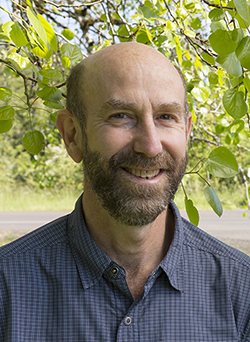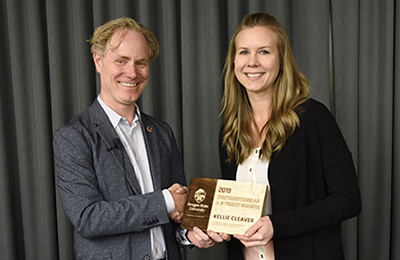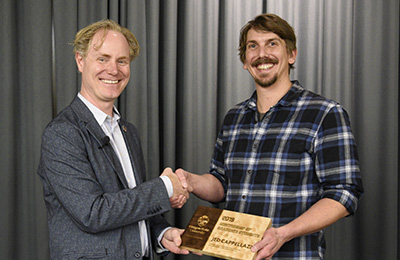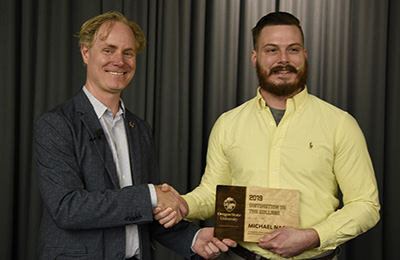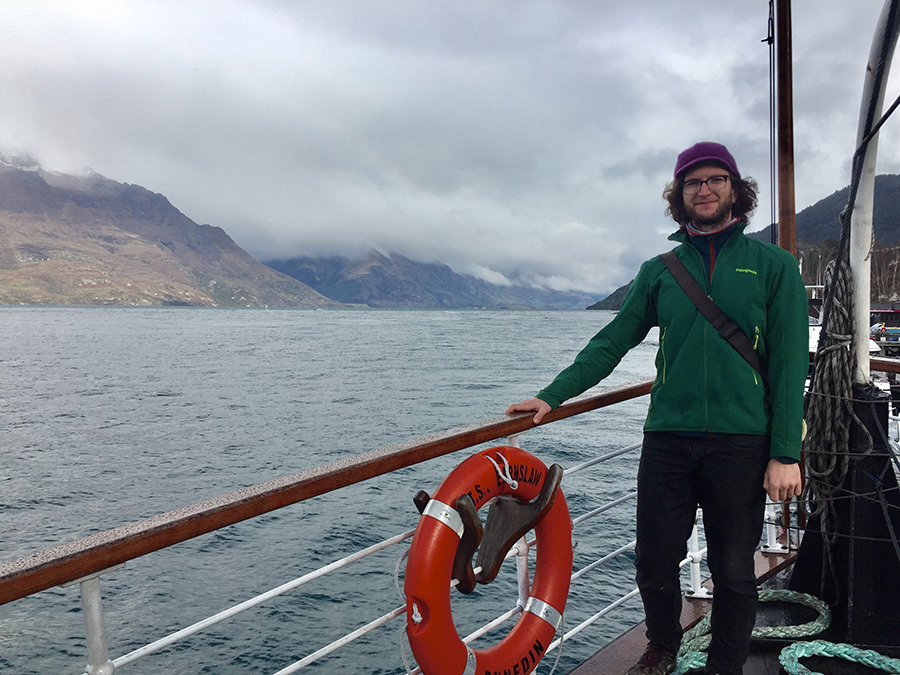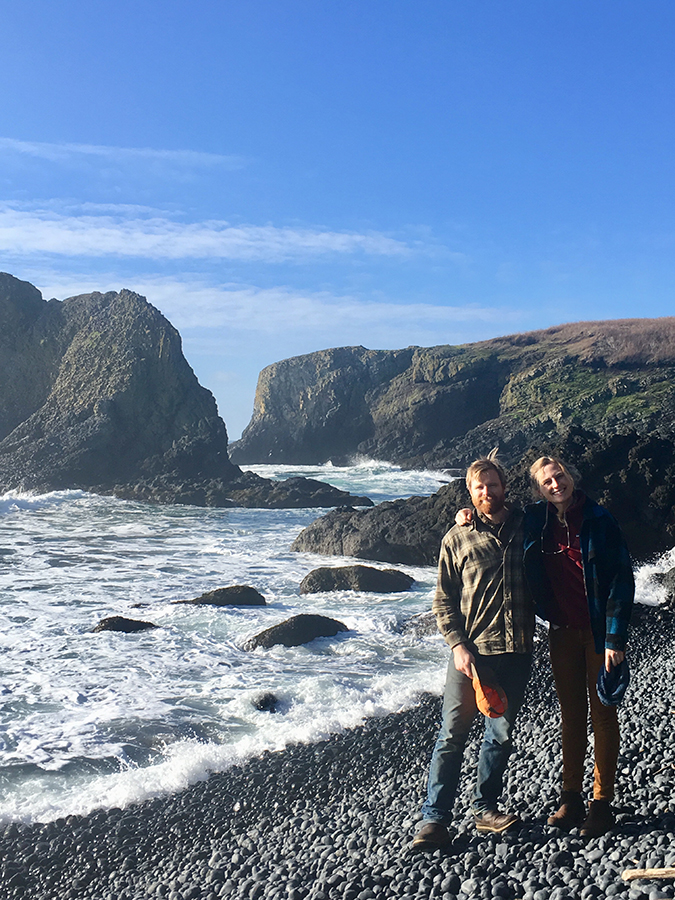Michael Paul Nelson, Ruth H. Spaniol Chair of Renewable Resources in the College of Forestry, says many may not realize how much research is conducted on the H.J. Andrews Experimental Forest.

Researchers throughout Oregon State University, across the state, and around the world conduct research at the forest. Long-Term Ecological Research Program Coordinator Lina DiGregorio explains the research conducted on the Andrews Forest is broad.
“We aren’t a specific lab that studies a single area of the forest,” she says. “Our program involves faculty from across the college, the university, the Forest Service and all over the country and world.”
First established in 1948 as a U.S. Forest Service Experimental Forest, the Andrews Forest is an approximately 16,000-acre ecological research site in Oregon’s western Cascades Mountains. Supported by Oregon State University and the U.S. Forest Service, the research program is part of the Long-Term Ecological Research network, funded by the National Science Foundation. Nelson says the work is important and, at times, surprising.
He nicknamed the interesting research done at the Andrews Forest, ‘the ecology of surprise.’
“There are surprises about how complex our system is, but also how theory or observations elsewhere suggest one thing, and over time, we find quite another.”
For example, Professor Emeritus Mark Harmon initiated a study at the forest related to log decomposition of large trees. The long-term study started about 35 years ago and found that some trees could take around 200, and even up to 800 years, to fully decompose.
“That’s surprising because fewer than two percent of all ecological studies last even five years,” Nelson says. “The idea of a group of scientists conducting a study for 200 years is audacious.”
Nelson says it’s similarly surprising that the number of living cells and types of living organisms is greater on dead trees than on living trees.
Another study that led to surprising results was one led by Assistant Professor Catalina Segura and Associate Professor Dana Warren. The two researchers work in different departments within the College of Forestry, and Warren is duel-appointed to the Department of Fisheries and Wildlife in the College of Agricultural Sciences. Working at the Andrews Forest brought them together.
The pair discovered that a small creek known as Cold Creek produces over 15 times the amount of water equivalent to its topographic drainage area. It appears that this water is received at high elevation and “funneled” through porous lava flows.
“Before this study, we knew the water was cold, but we didn’t know why,” Nelson says. “The isotopic signature is unique from the other creeks and streams as well, and its flow is steady, even throughout the summer in dry conditions.”
Nelson’s hope is the research that surprises and delights scientists continues, and that the public understands what an important resource the Andrews Forest is to forests and communities.
“I want people to have a ‘wow response,’ when they think about the forest and our research,” Nelson says. “I want them to recognize how special and unique it is. I want people to know about and be proud of the work that’s happening in this place. The science that happens in the Andrews Forest will inform decisions for land managers world-wide.”
A version of this story appeared in the Spring 2020 issue of Focus on Forestry, the alumni magazine of the Oregon State University College of Forestry. Learn more about College of Forestry research facilities and collaborations.




